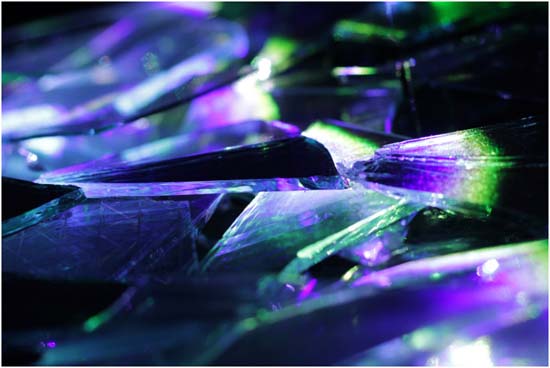On those nights when you just can’t seem to fall asleep, here’s something to think about: Are you getting enough of the right light during the day and too much at night?
According to publish the NIH, Scientists have discovered that light is as essential to optimal health and development as vitamins and exercise. In nature, the sun delivers the entire spectrum of light needed by your eyes and brain to align daytime with being awake and nighttime with preparing for sleep. Traditional indoor lighting shines the same day and night, depriving the brain of a natural signal used to prepare our body chemistry for sleep at night and maintain wakefulness during the day. Insufficient sunlight can make it harder for your brain to keep you awake during the day. Conversely, light at night from LED bulbs, digital tablets, and TV screens can confuse your brain and prevent the natural process of preparing for sleep. Studies in humans suggest that disrupting the natural day/night schedule (circadian rhythm) and frequently not obtaining sufficient sleep affects our mental health and the likelihood of developing certain medical conditions such as obesity, metabolic syndrome, and high blood pressure.
“Light is a big modifier of how well-synched we are with our daily biological rhythms,” explains Michael Twery, Ph.D., director of the National Heart, Lung, and Blood Institute’s National Center for Sleep Disorders Research. That’s important, he notes, because our circadian rhythms control our sleep/wake cycles.
To find ways to help preserve these natural sleep patterns, scientists are developing new technologies that allow artificial indoor lighting to mimic natural light and be more energy efficient. These “smart” light fixtures and light bulbs are aware of the clock time and automatically change the light spectrum to protect our natural biological day and night without any loss of light intensity or color quality.
But developing the right technology to recreate natural light is complicated. Natural light is a blend of many colors. However, it is the blue and green colors that the brain uses as a signal preparing your body to do its best during the daytime. Engineers working with LED bulbs are creating technology to manipulate the amount of blue and green light produced at any given time. This technology, says Twery, could be used as a new type of lighting that regulates and blends blue and green into the light only during the day when the brain needs it. To the naked eye, the light produced by this next generation of lighting will appear unchanged while supporting health.
The scientific advances linking light and health have sparked broad interest among manufacturers and consumers. The U.S. Department of Energy (DoE) is facilitating this technological transformation through new research programs and workshops. A public DoE Solid State Lighting Research and Development Conference in January 2017 will showcase the emerging opportunity to make healthier environments through LED lighting technologies and highlight where additional research is needed. For instance, studies are needed to find the best blend of light to support the health of people working at night without compromising alertness and safety.
Insufficient sleep compromises our health and can make it harder to be successful in school, at work, and with interpersonal relationships, explains Dr. Twery. Understanding how our bodies depend on light and sleep is helping developers discover new ways to make our living environment healthier while increasing productivity and reducing the risk of accidents caused by drowsiness and fatigue.


